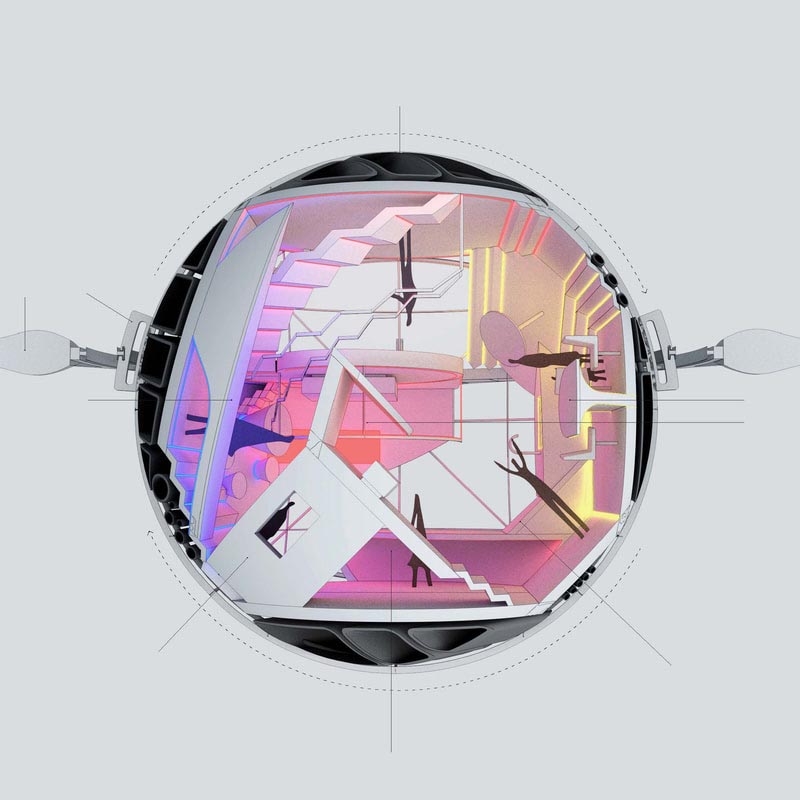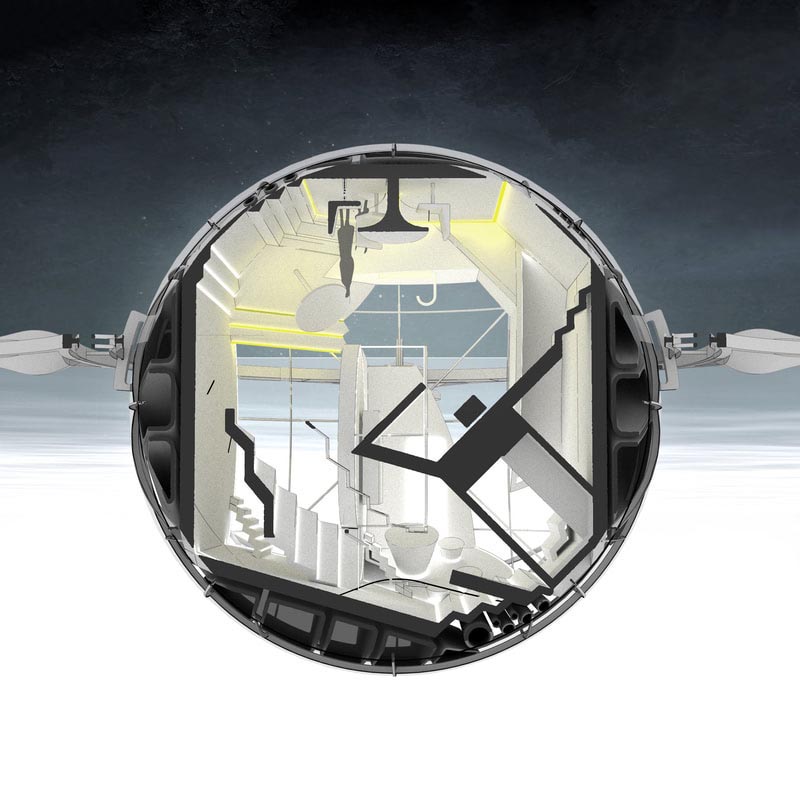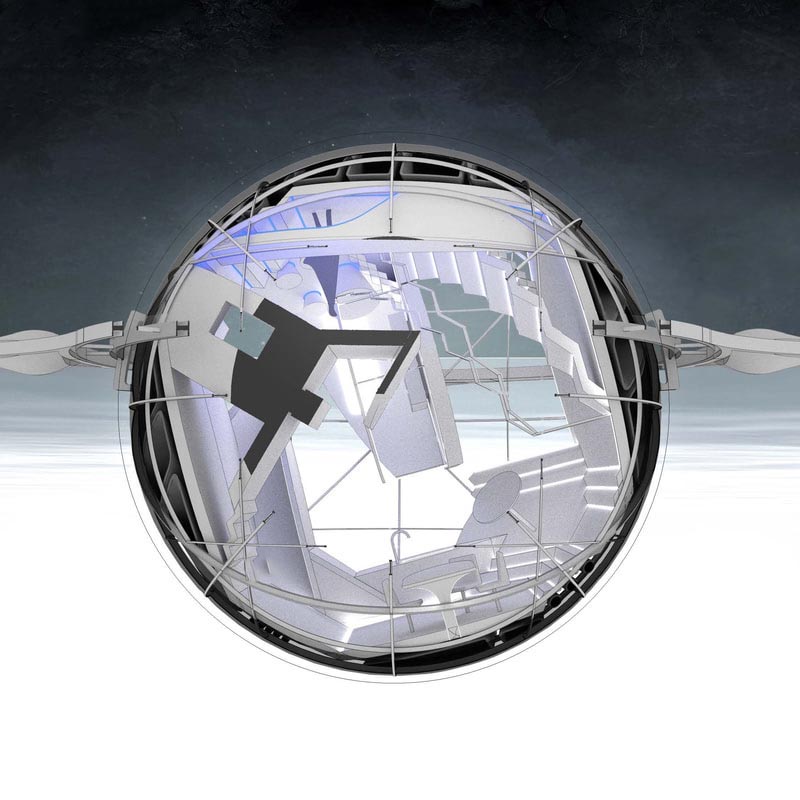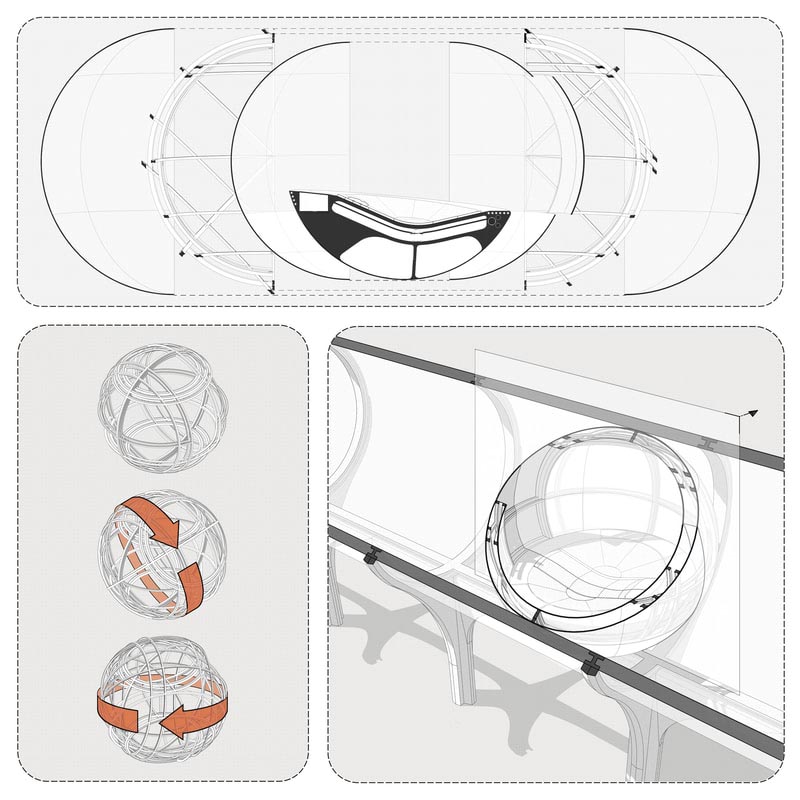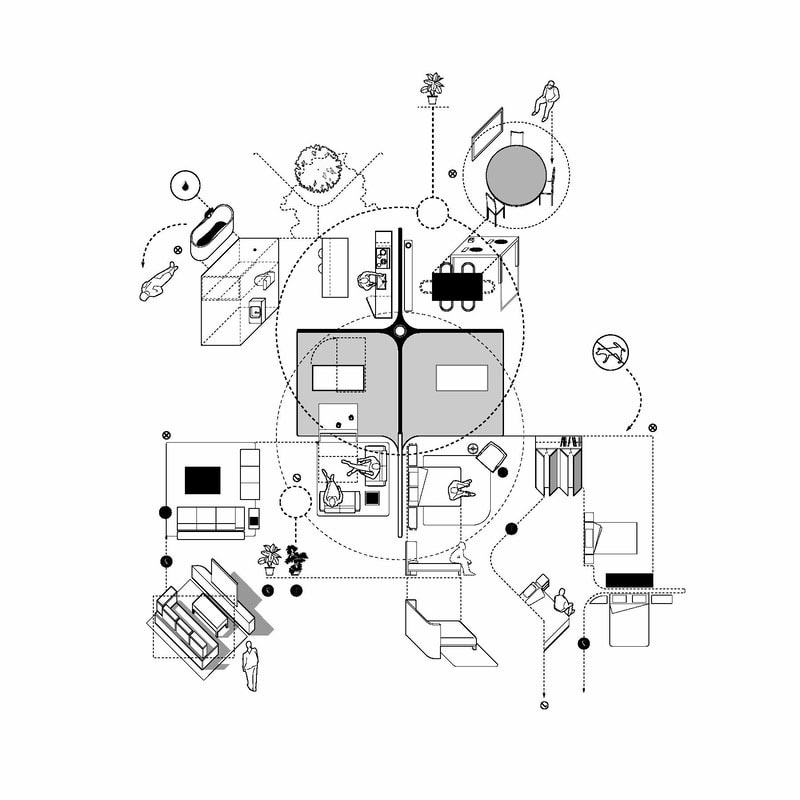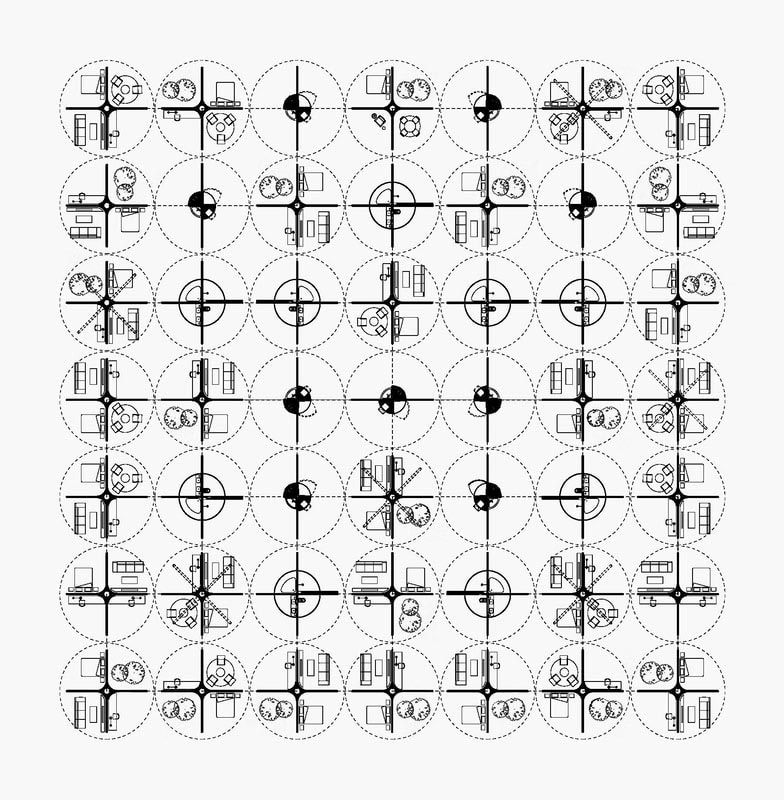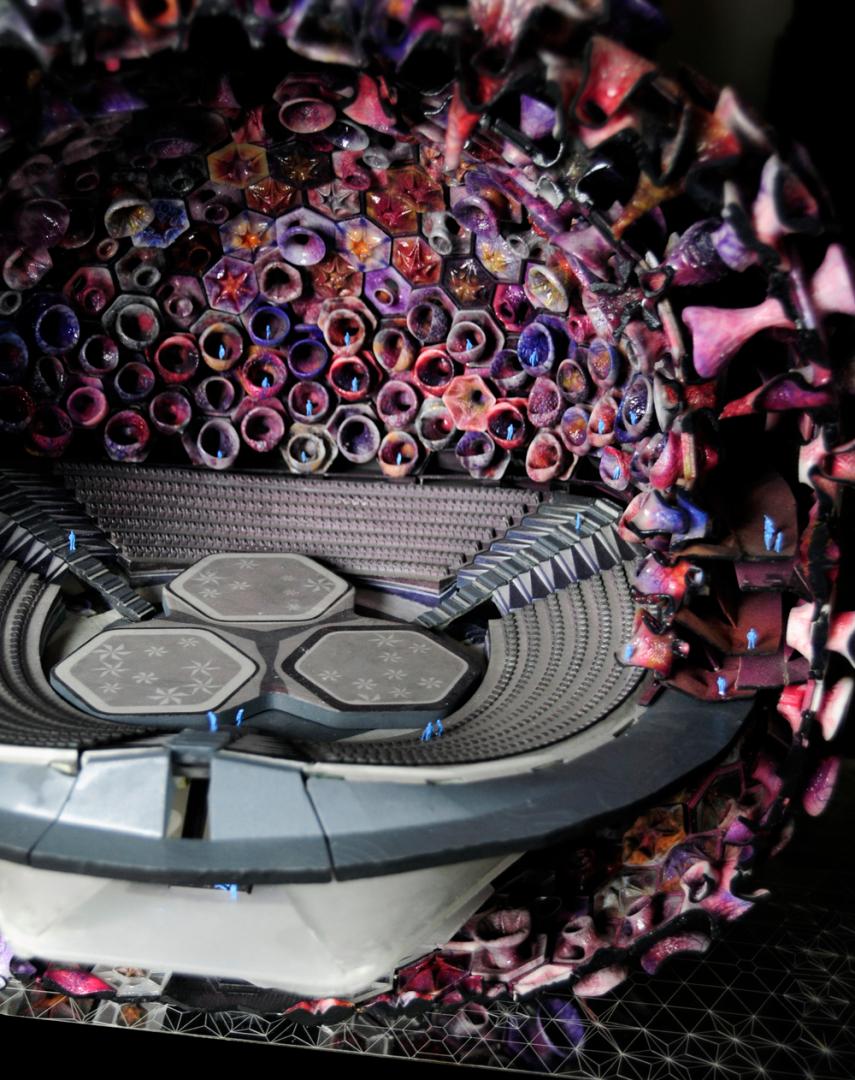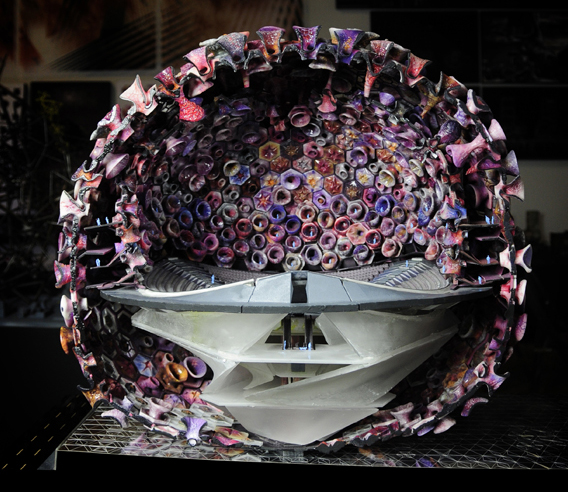Living Architecture
Basic information
Project Title
Full project title
Category
Project Description
These interactive installations – part creature, part environment, part mechanical, part biological – remind us that the point of reference for architecture has shifted from human to non-human. This project’s future direction is defined by synthetic metabolic design and analysis on how adaptive and scenic morphologies are part of the next-generation architecture, addressing the role of semi-living design as a mediator between artists and audience.
Project Region
EU Programme or fund
Description of the project
Summary
The contemporary landscape of architecture, arts and performance are pushing towards participatory and immersive forms of performance. The kinetic morphologies of adaptive and scenic protoarchitecture are based on the analysis and development of the architectural and performing space in a platform that will be both a working/incubator space for experimentation and creation by artists curated by National Theatre Companies or NGO’s and a travelling / mobile platform designed to involve audiences in this process of exploration outside of the boundaries of the traditional performance spaces. The adaptive design logic would transform the human relationship with architecture by contributing with a kind of `agency` that creates active conversations and exchanges with their occupants, greatly enhancing the quality, the economic value, and the technical performance of the built environment.
Performance is presented as a process of fabrication. Reciprocally, fabrication is presented as a process of performance. A circularity of human body-gesture and digital tools leads to the construction of notational spatial artefacts. Space is constructed through the transforming condition of presence, interaction and movement, and performance is constructed through the transforming state of architecture. The domain of adaptive protoarchitecture is a new frontier of kinetic designing. Not only creating many new possibilities for robotics but also in architecture. Challenging conventional design thinking about adaptive architecture, the type of design outlined in this proposal suggest approaches to building responsive architecture. Adaptive protoarchitecture propose replacing traditional scenic installations and mechanical principles in interactive athleisure through a biological paradigm and spatial adaptability (i.e. soft robotics and kinetic impulses).
Key objectives for sustainability
Implementing a highly complex architectural performative prototype would adapt to existing environments and create new environments and new creative ecologies. Would create open, highly differentiated and correlated systems, rather than closed and limited systems. The most promising system would be introduced in the next stage, defined by the materialisation of the digital models developed through investigation and increasing systems and constraints. The kinetic models are partially tested on a scale as close as possible to the real-intended ones, depending on complexity and possibilities, still pushing the spread of random architectural adaptive systems. An optimism prioritizing the ‘performance’ of architecture may be perceived accompanying this emerging work. This initiative is oriented to cater for both: the profession in general by providing a new set of design tools and the performative arts and culture sector by acting as both an enabler and capacity enhancer in an era of automation.
In the experimentation process leading up to the final design, the hybrid installation and digital simulation would test if the prototype can enact various behaviours that draw upon notions of proxemics to create dramatic situations using the spatial relationships that emerge in the performance. The focus on how behaviours explore degrees of control between actors and audience; the more the audience is in control, the more the performance is indeterminate and the more the actors are invited to improvise. The behaviours affect different features of the architectural prototype, from form to quality of movement and coordination. These features, as well as their inherent physical materiality, in turn, would transform the pilot scenic architecture installation into a character and a performer.
Key objectives for aesthetics and quality
With this prototype, artists and audiences will explore how responsive architecture and immersive experiential technologies can allow for new ways of arts and culture experiences that capture the sense of magic experienced through performances – particularly the complex layering of storytelling, music, and theatricality.
I envision that this environment will facilitate experience based on an exploration of the tension between intimacy and sense of scale, the relationship between artists, audiences, and immersion in sound delivered through technology, the interplay between real & virtual experience elements, a crossover between people and machines, the relationship between physical environment and storytelling, the integration of live performance and dramatic storytelling language within one story, methods to segue between live and virtual worlds within one show, the logics of instructing audiences to interact within technology, particularly when they have a range of familiarity and conform with technology.
Scenic spatial design and structures are captured as a proto-organism, a shape-shifting body, a metaphor of the Fourth Wall in theatre, an adaptable skin for a semi-living architecture. Focused on generative strategies that target the creation of highly complex self-adaptable systems, the prototype would offer new opportunities for an architectural organisation, scenic articulation and cinematic signification strategies that emerge from growth processes. The project proposes a reinterpretation of these methodologies of the biological and architectural systems that can provide a basic framework for the further development, ideas and strategies. Will identify the design requirements for a platform for artists and audiences to explore the essence of the performance experience whilst capturing the sense of dramatic experience through performative arts – particularly the complex layering of storytelling, music and theatricality.
Key objectives for inclusion
Driven by the motivation of a participating performer/designer, body movement is tracked, analysed and translated into a reaction of the constructed space. The generative cycle of construction encourages bodily interaction and the aggregation of a form of the spatial notion that described repetition, rhythm and pattern. By working in interdisciplinary fields, the scenography prototype is to become a new frontier of architectural epistemology giving birth to a performant protoarchitectural body that has the potential to displace current and past architectural paradigms with material computation of synthetic life: environments that can move, respond, and learn; environments that renew themselves with chemical exchanges and that are adaptive and empathic toward their inhabitants and users. The resulted adaptive morphologies qualify movement in space and raise questions of how these qualitative motion segments can articulate the environment in a quantitatively physical manner.
The project is based on generative research methods adapted to this industry-led research project, focusing on digital prototyping. An initial precedents analysis will be undertaken through literature review, experiments and study of the existing research within the field of adaptive and semi-living architecture prototyping. These inputs will form the basis of a technology roadmap, used to inform the project's direction and better position the experiments and demonstrator project to seek follow-on development. The main body of work will be undertaken through an iterative modelling and simulation approach to developing methods applied experimentally through a demonstrator project. The result is followed by usability testing, and a workshop format is used to disseminate project knowledge and expert user review.
Innovative character
Our world is changing faster than ever. Our communities need cultural experiences that speak to our new reality. The project is a spatial scenography tool for participatory performance, realised using protoarchitecture; an incubator environment for new experiences and expression in the arts and culture genre leveraging new immersive and responsive technologies. The design creates an interactive, self-adaptive performing space, affected by the movement and touch of performers and the movement and position of the audience. The prototype is a pilot platform, a mobile laboratory for exploring how new immersive technologies can be harnessed to tell powerful, memorable stories in new ways. This new awareness of the sensitivity and instrumentality provides a dynamic and playful environment for scenic areas within public spaces or venues and encourages the development of adaptable architecture structure that can respond to its environment. The new prototype platform will explore the tensions between intimacy and sense of scale and the relationship between artists, audiences and immersion in adaptable space delivered through technology. The research is dedicated to challenging conventional design methodologies and the significance of manipulating the space to shape perception in performance, creating a framework for exploring indeterminacies in actor-audience interrelation. In contrast to other scales in which automated kinetic functions are well established, the field of adaptive and interactive prototypes applied to architecture is novel, with relatively few precedents. New technologies and new design working methods are needed for this emerging field. Development of architectural scales of responsive, adaptive and self-organising functions that can effectively draw from multiple disciplines, including professional architecture, biology, systems design engineering and computer engineering, performing arts and industry

